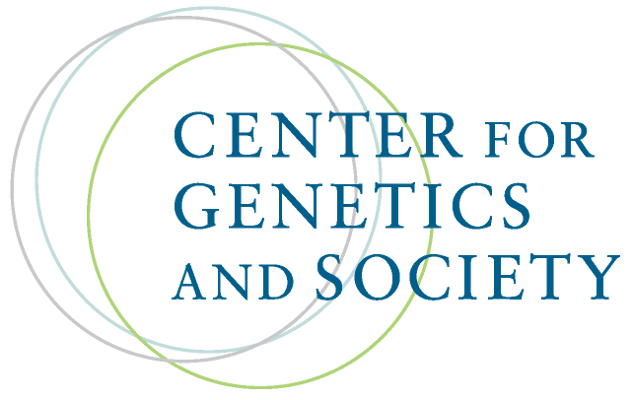"Three-Person IVF" Update Reveals How Little We Know
By Jessica Cussins,
The Huffington Post
| 06. 05. 2014
Three-person IVF is a critical departure from the traditional kind. This new and biologically extreme technique, which has generated scientific and bioethical controversy on both sides of the Atlantic, would combine genetic material from one man and two women in a single embryo. It is currently prohibited in the United Kingdom, but has been heavily promoted by its developers, and the law could be changed as soon as this year to allow it to move into fertility clinics.
The technique under consideration is being proposed for women with a rare form of mitochondrial disease who wish to have an unaffected and mostly genetically related child. It requires the extraction of the nucleus from her egg or embryo followed by its reinsertion into another woman's egg or embryo. Any resulting child would inherit nuclear DNA from the intended mother and mitochondrial DNA from an anonymous egg provider.
The UK's fertility regulator, the Human Fertilisation and Embryology Authority (HFEA) has just released an update on the safety and efficacy of this "three-person IVF." The HFEA report will help inform the upcoming Parliamentary...
Related Articles
By Grace Won, KQED [with CGS' Katie Hasson] | 12.02.2025
In the U.S., it’s illegal to edit genes in human embryos with the intention of creating a genetically engineered baby. But according to the Wall Street Journal, Bay Area startups are focused on just that. It wouldn’t be the first...
Several recent Biopolitical Times posts (1, 2, 3, 4) have called attention to the alarmingly rapid commercialization of “designer baby” technologies: polygenic embryo screening (especially its use to purportedly screen for traits like intelligence), in vitro gametogenesis (lab-made eggs and sperm), and heritable genome editing (also termed embryo editing or reproductive gene editing). Those three, together with artificial wombs, have been dubbed the “Gattaca stack” by Brian Armstrong, CEO of the cryptocurrency company...
Alice Wong, founder of the Disability Visibility Project, MacArthur Genius, liberationist, storyteller, writer, and friend of CGS, died on November 14. Alice shone a bright light on pervasive ableism in our society. She articulated how people with disabilities are limited not by an inability to do things but by systemic segregation and discrimination, the de-prioritization of accessibility, and the devaluation of their lives.
We at CGS learned so much from Alice about disability justice, which goes beyond rights...
By Adam Feuerstein, Stat | 11.20.2025
The Food and Drug Administration was more than likely correct to reject Biohaven Pharmaceuticals’ treatment for spinocerebellar ataxia, a rare and debilitating neurodegenerative disease. At the very least, the decision announced Tuesday night was not a surprise to anyone paying attention. Approval...



